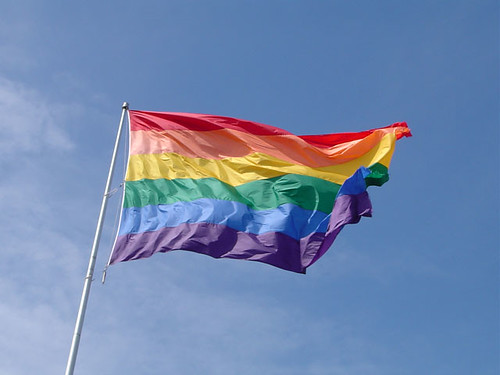It is tempting to frame the history of queer representation in sport through the lens of positivity and optimism. Just last week, the prominent Czech footballer Jakub Jankto came out as gay, writing on Twitter, “I no longer want to hide myself.” His announcement was widely celebrated, as it should be.
In September 2021, OutSports.com reported that there were at least 186 openly LGBTQ+ athletes at the Tokyo Olympics, more than every prior summer Olympics combined. Similarly, the number of queer athletes at the 2022 Beijing Olympics was more than double the amount that participated in PyeongChang 2018. There are now openly gay men under contract in each of the four major American sports.
Yet this narrative could be framed another way, as CNN’s Scottie Andrews put it: These four leagues have existed for a combined 400+ years, but they’ve had two openly gay active players (CNN, 2021). Perhaps the root of the issue may not be homophobia alone, but a combination of homophobia and hypermasculinity.
Take, for instance, the disparity between openly queer male and female athletes. Many of England’s biggest women’s football stars are lesbian, including Beth Mead and Jill Scott. There were forty openly gay athletes at the 2019 Women’s World Cup. There were none at the 2022 Men’s World Cup in Qatar, where homosexuality is punishable by law. Nearly one third of the women on Canada’s gold-medal winning ice hockey roster at the 2022 Olympics were out as queer, but there were no openly gay athletes in the men’s competition.
What are we to make of these troubling statistics? The issue may begin in childhood.
A 2017 survey of youth by the University of British Columbia found that gay boys were half as likely to play organized sports (30 per cent) compared to straight boys (66 per cent). The percentage of lesbian girls participating in organized sports (52 per cent) was lower than, but not dramatically different from, the percentage for straight girls (61 per cent). These statistics suggest that young boys are less likely to pursue sport past adolescence, particularly at a high level, compared to their heterosexual peers.
Dr. Rory Magrath of Solent University opined to OutSports that this may be partially an issue of numbers: “Gay men are overrepresented in some areas, and as a consequence are going to be underrepresented in sports.” A study by Australian organization Out on the Fields found that more than 75% of athletes had overheard homophobic language in the context of sport. The homophobia present in so many locker room environments might contribute to a gay teenager’s decision to pursue passions other than sport.
An interrelated problem emerges from the question of youth participation: the lack of active gay players at the highest level. In April 2013, NBA player Jason Collins came out as gay. The following year he became the first publicly gay athlete to play in a major North American professional sports league. But Collins, then 36, played just twenty-two games as an openly gay NBA player before retiring.
The same year, Missouri defensive end Michael Sam became the first openly gay man drafted into the NFL. Sam was cut from the St. Louis Rams’ roster at the last moment, a controversial decision which some attributed to homophobia despite the Rams’ coaching staff insisting otherwise. Sam never played in the NFL and walked away from the sport in 2015, citing his mental health.
In other sports, there are openly out players, but none competing at the highest level. Blackpool FC’s Jake Daniels came out as gay in May 2022, making him the first openly gay English footballer in more than thirty years, but his club has been relegated to League One. Luke Prokop is the first openly gay player on an NHL contract, but remains a minor league prospect.
This suggests that players in smaller leagues or markets might feel more comfortable coming out, while superstars under intense media scrutiny are reluctant to add to the pressure. Many athletes only feel comfortable coming out after they’ve retired. The openly gay former NFL player Ryan O’Callaghan has asserted that there is at least one gay or bisexual player on every NFL team. But, he told Reuters in 2019, “A lot of guys still see it as potentially having a negative impact on their career.”
O’Callaghan’s comment hints at a third dilemma for queer athletes: whether or not to take the career risk required by outing themselves. For these players, Michael Sam’s short-lived career might serve as a warning. There may be a desire to be evaluated by scouts and front office managers on their ‘own merits’, that is, the merits of a person assumed to be straight. No matter how many fans or teammates might support LGBTQ+ causes, the power to end a career lies with a small group of owners and managers.
Until the structural issues of misogyny and homophobia are addressed in the highest levels of sport management, queer athletes will not be treated equally. The world of sport, which ESPN called “the last closet” more than twenty-five years ago, will remain hostile to queer people until all athletes feel comfortable in the locker room and beyond.
“Gay Pride Flag” by sigmaration is licensed under CC BY-NC-ND 2.0.

